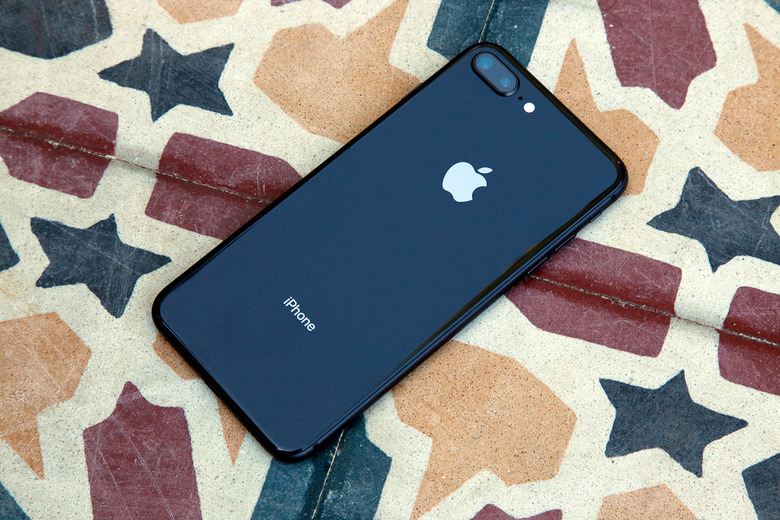This Is The Real-World Pixel 2 Vs iPhone 8 Camera Comparison You've Been Waiting For
Google was quick to announce to the world that the Pixel 2 topped the DxOMark camera rankings when it launched the new phones a couple of weeks ago. The Pixel 2 dethroned the iPhone 8 and Galaxy Note 8, two phones that were just recently declared to be the best. This guy, however, correctly explains why an actual camera score is, in many ways, misleading, as it doesn't tell the entire store.
DxOMark's opinion isn't the only one in town, and there are plenty of reviews that detail the camera performance of each phone. But how do they fare out in the wild?
The Pixel 2 and iPhone 8 Plus offer high-end camera performances, but they're not identical cameras. This CNET comparison explains exactly which one is the right camera for you.
Which one is the real winner? It really depends. As much as DxOMark wants to score every camera attribute it can test, camera reviews can't really be objective, and CNET's comparison perfectly illustrates that point. It's all in the eyes of the beholder. In this case, it means that both the Pixel 2 and the iPhone 8 Plus are great cameras. What really matters is what you want to do with them.
When it comes to portraits, the iPhone 8 Plus is the winner because of that secondary camera that lets you take great bokeh pictures every single time. Or, better said, it gets you more consistent results than the Pixel 2, whose portrait mode effects come from software.
The iPhone 8 Plus is also the winner when it comes to zoom quality. Again, the extra lens helps out with that.It's also better at close-ups, and in low-light photography as long as flash is required.
The Pixel 2 beats the iPhone 8 Plus in low-light pics without flash and offers sharper landscape photos than the iPhone 8 Plus. The iPhone, however, delivers colors that are extra saturated and have more contrast.
The full comparison is available at this link complete with plenty of images that demo the phones' strengths and weaknesses.
